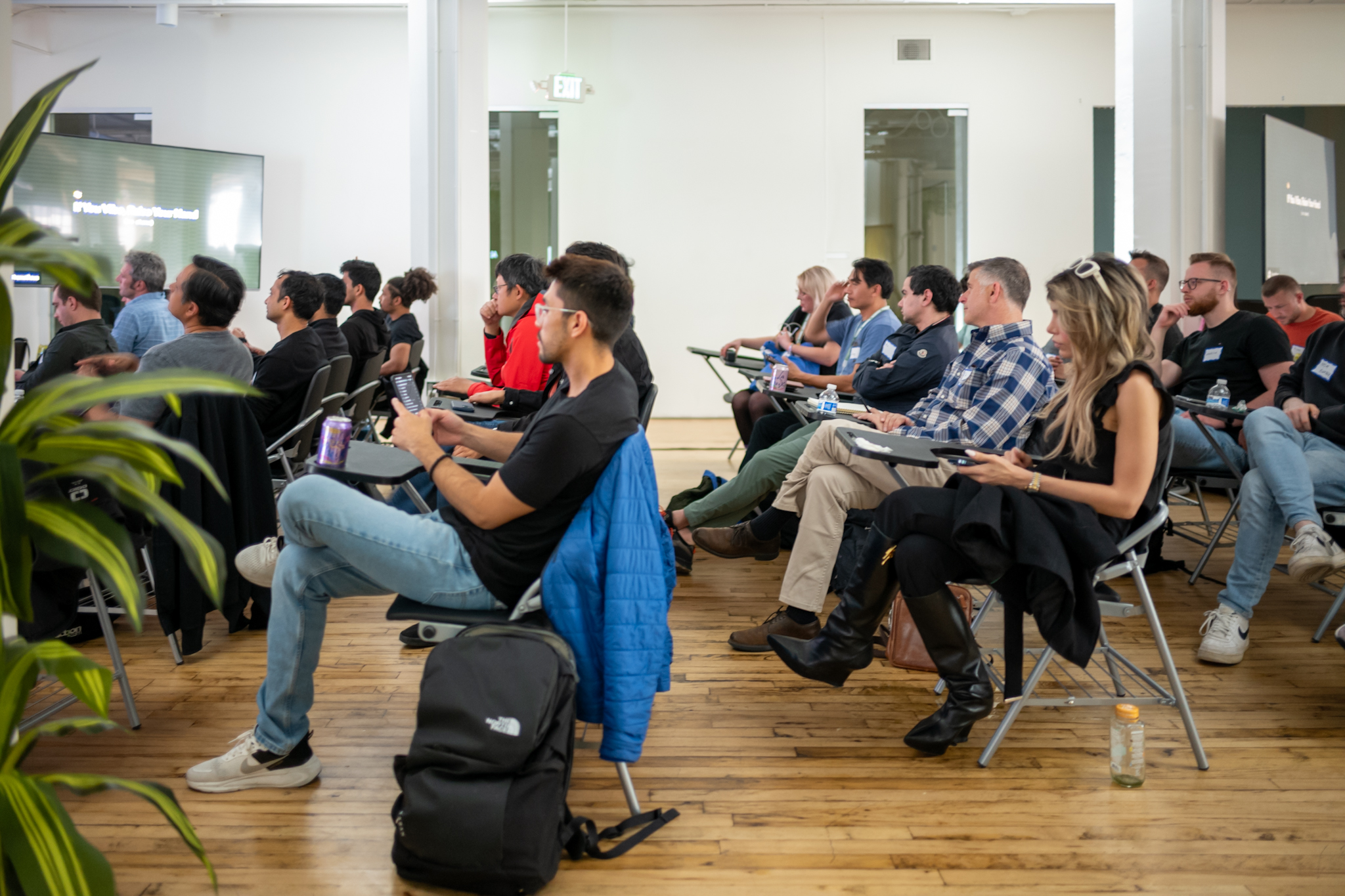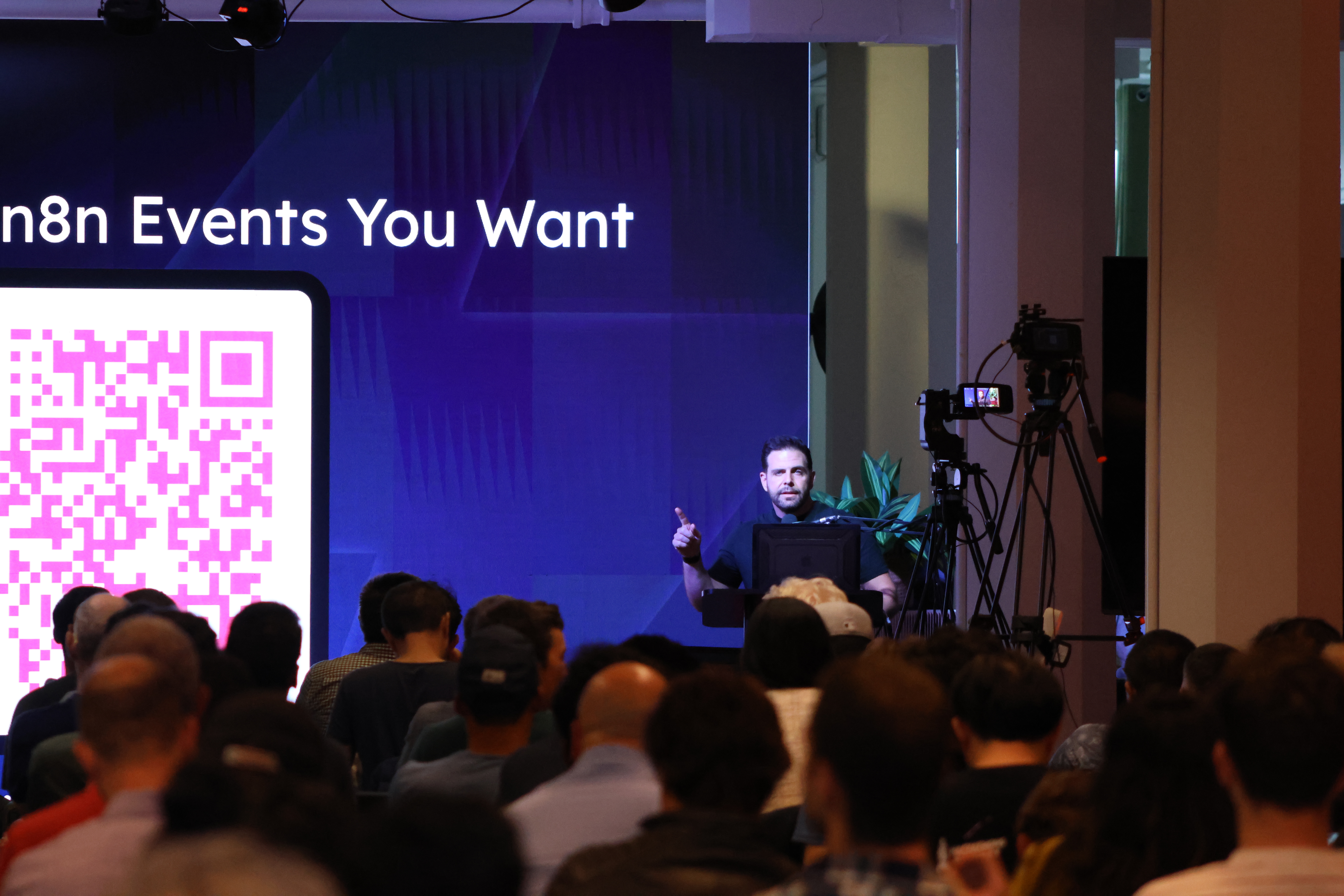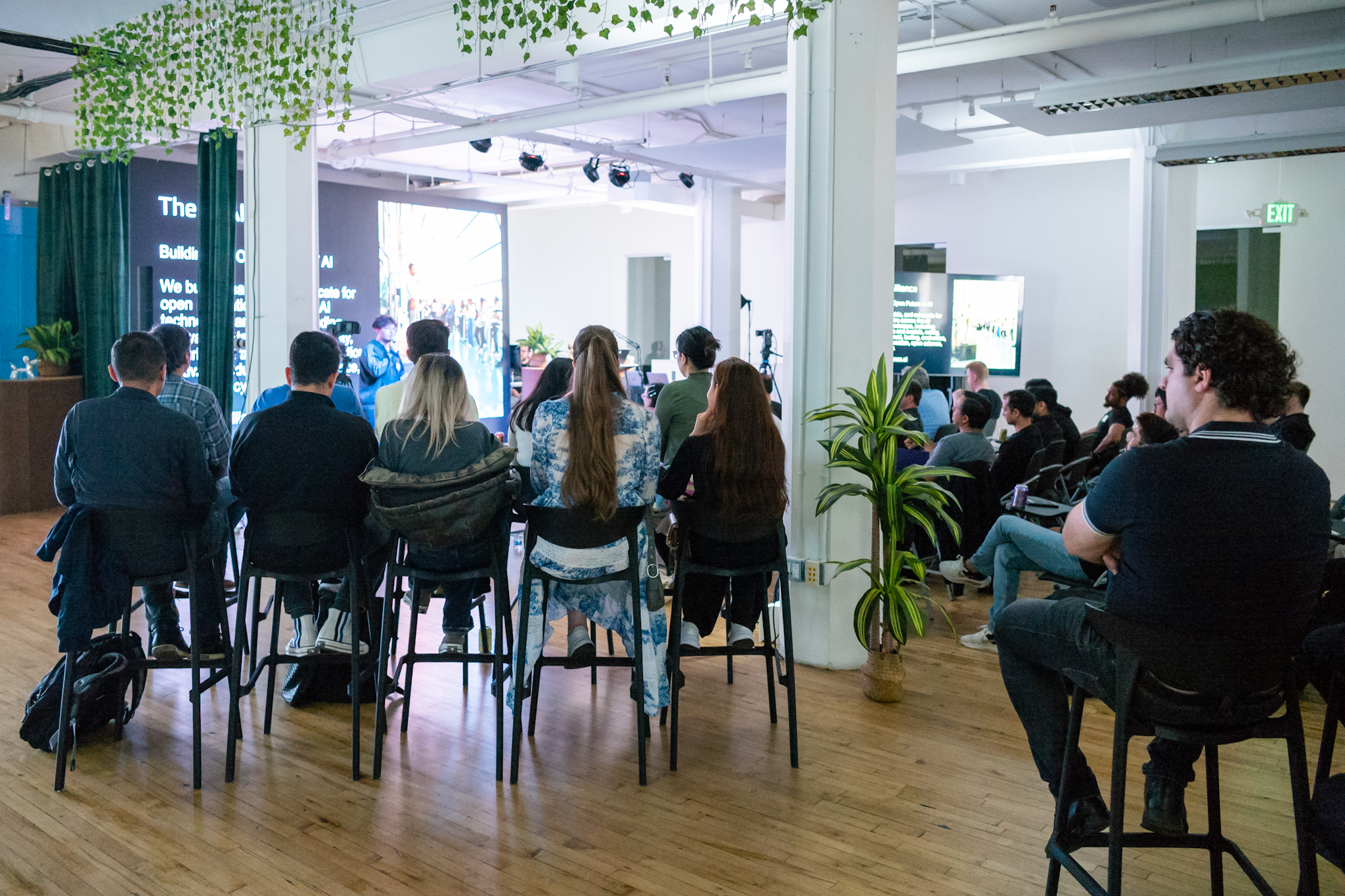San Francisco runs 10-20 tech events daily. 5-10 hackathons every weekend. Your audience has infinite options and zero time. After hosting 500+ events at Digital Jungle, here's how to actually win.
The SF Event Apocalypse: By The Numbers
Let's start with the brutal truth that most event guides won't tell you:
- 10-20 tech events happen every single day in SF
- 5-10 hackathons compete for developers every weekend
- 5-10 major conferences battle for attention weekly
- 80% no-show rate for free events (yes, really)
- 20% show rate is considered a massive success
The paradox: Despite this chaos, the most influential technologists are here. Your company's growth depends on reaching them. You can't opt out.
Why SF Is Different
Every tech hub thinks it's competitive. SF is on another level. Your attendees get 15-20 event invites weekly. They've seen every growth hack, every incentive, every "exclusive" offer.
The attention economy: A senior engineer at Google gets invited to 3 events on Tuesday alone. A VC partner? 5-7 daily invites.
Real example: A Series B startup spent $50K on an AI summit. 800 registrations. 47 showed up. Their competitor's pizza meetup the same night? 200 attendees.
Strategy 1: Non-Competitive Partnerships (Your Secret Weapon)
The math is simple: You have 100 potential attendees. So do 5 other startups. Separately, you each get 20 people. Together? You get 300.
The Partnership Framework
Find 2-3 startups that:
- Share your audience but don't compete (DevTools + Security + Infrastructure)
- Have similar stage (Series A with Series A, not with Fortune 500)
- Bring unique value (speakers, sponsors, special access)
- Commit equally (time, money, promotion)
Partnership Execution Playbook
- Week 1: Align on audience and goals
- Week 2: Pool resources (venue, catering, AV)
- Week 3-4: Cross-promote to all email lists
- Week 5-6: Coordinate speakers and content
- Event day: Share leads fairly (scanning app or spreadsheet)
Pro tip: Create a shared Slack channel 6 weeks before the event. Daily standup messages keep everyone aligned and accountable.
What Not to Partner On
- Direct competitors (obviously)
- Companies with conflicting cultures
- Partners who only want to sell, not provide value
- Anyone who won't commit to equal effort
Real example: Three API companies (payments, communications, analytics) co-hosted a developer night. Individual reach: 150 each. Combined result: 600 developers, 45 partnership leads, 12 integration announcements.
Strategy 2: The Follow-Up Game (Where Events Actually Happen)
Hard truth: Registration isn't attendance. In SF, registration is just a bookmark. Your real event starts the moment someone signs up.
The 7-Touch System
You need 7 touchpoints between registration and event day:
- Touch 1 (Instant): Confirmation with clear value prop
- Touch 2 (Day 2): Speaker announcement or agenda teaser
- Touch 3 (Week 1): Social proof (who else is coming)
- Touch 4 (Week 2): Exclusive content preview
- Touch 5 (Week 3): Logistics + parking/transit info
- Touch 6 (Day before): Personal note from founder/speaker
- Touch 7 (Day of): "Doors open in 2 hours" with incentive
The Content That Converts
Stop sending "reminder" emails. Send value:
- Pre-event interview with main speaker (3-min video)
- Attendee spotlight featuring 3 interesting registrants
- Exclusive data from survey or research
- Behind-the-scenes prep content
- Early access to slides or resources
The psychology: Each touchpoint makes them more invested. By event day, not showing up feels like a loss, not a neutral decision.
The No-Show Recovery System
Even with perfect follow-up, 50% won't show. Have a plan:
- Live stream everything (they can still participate)
- Send recording within 24 hours (maintain relationship)
- Exclusive follow-up offer (1-on-1 demo, special access)
- Invite to next event with VIP status
Real example: Developer tool company saw 30% show rate jump to 65% using 7-touch system. No-shows who got recordings? 40% attended next event.



